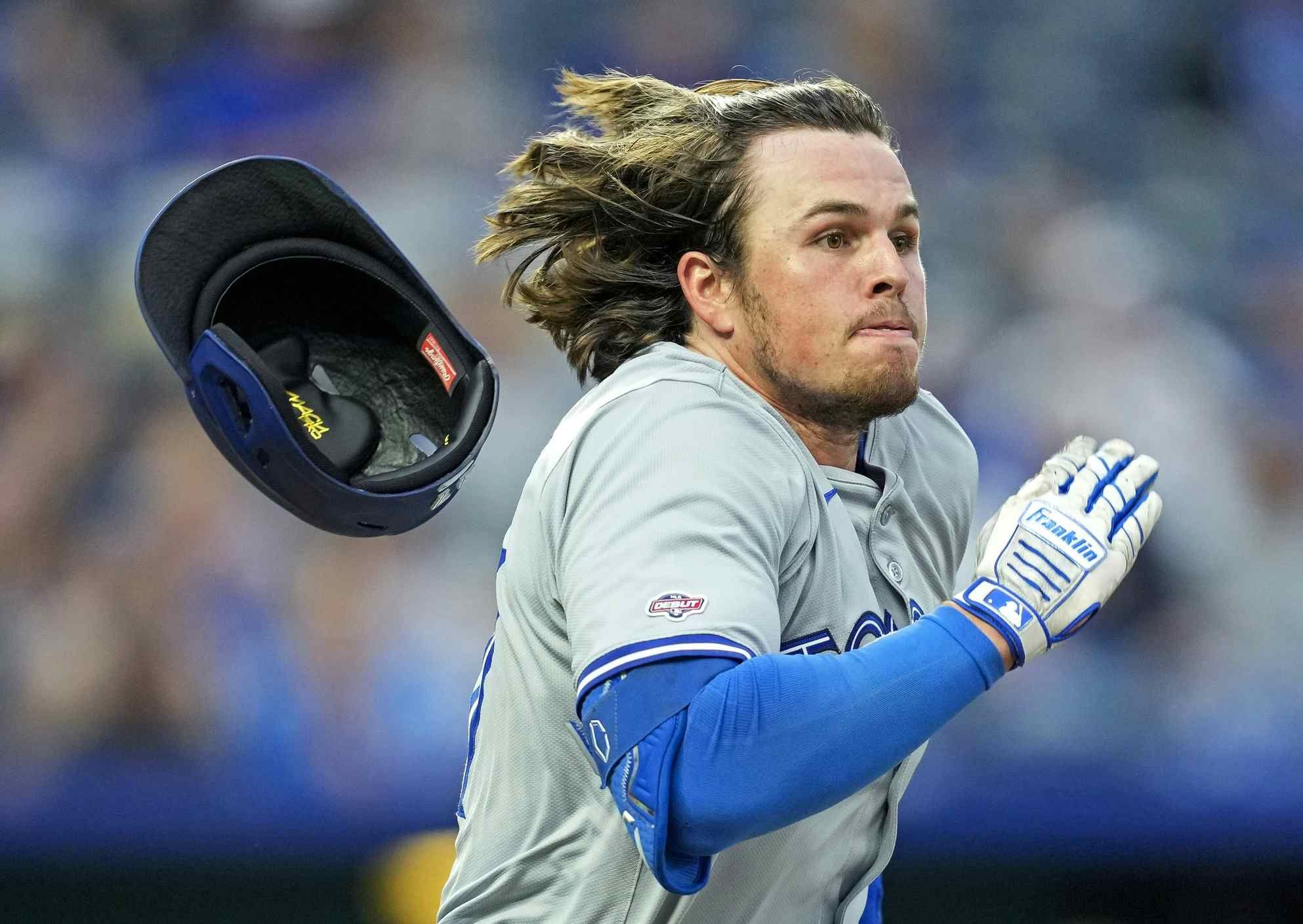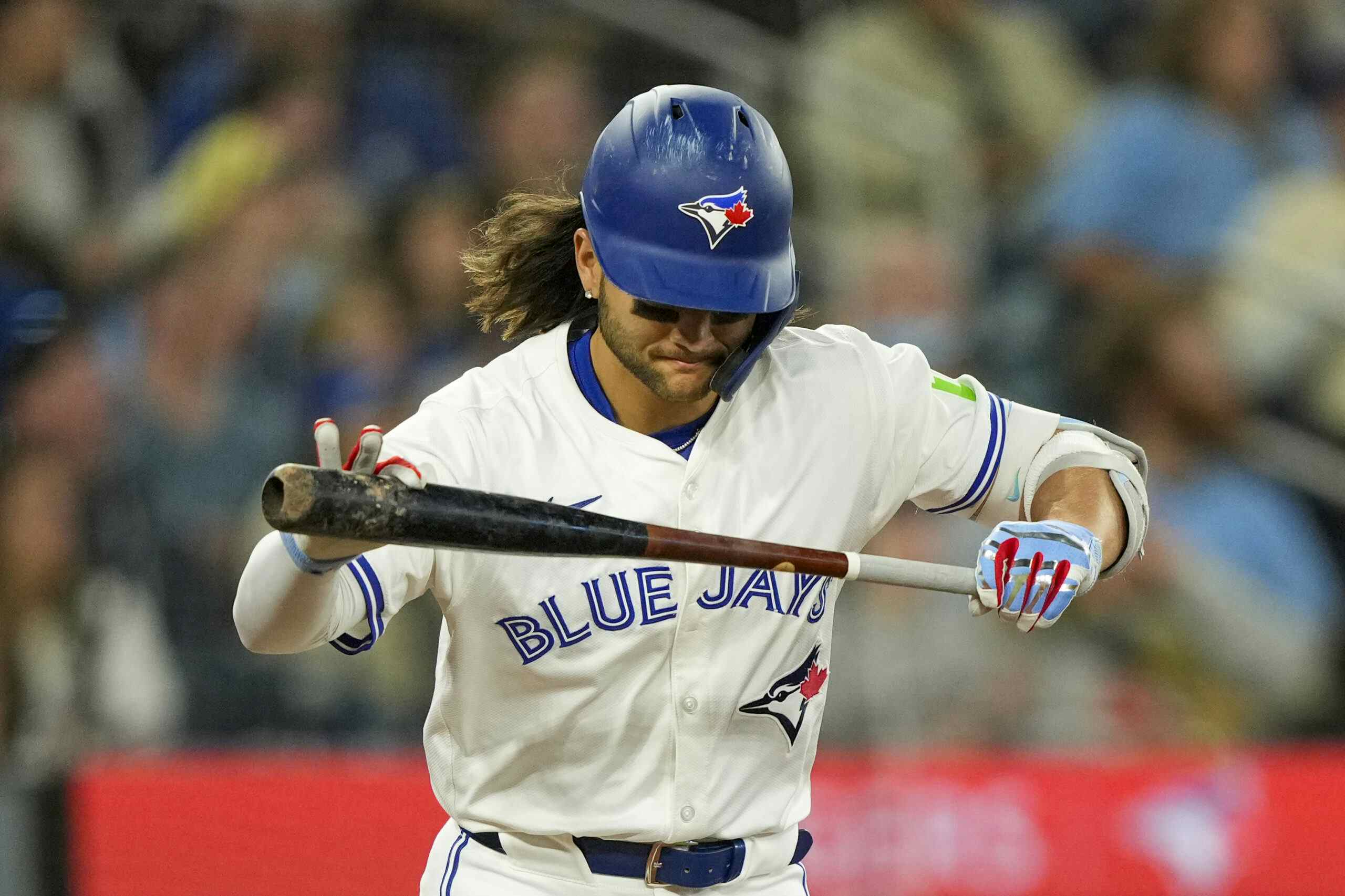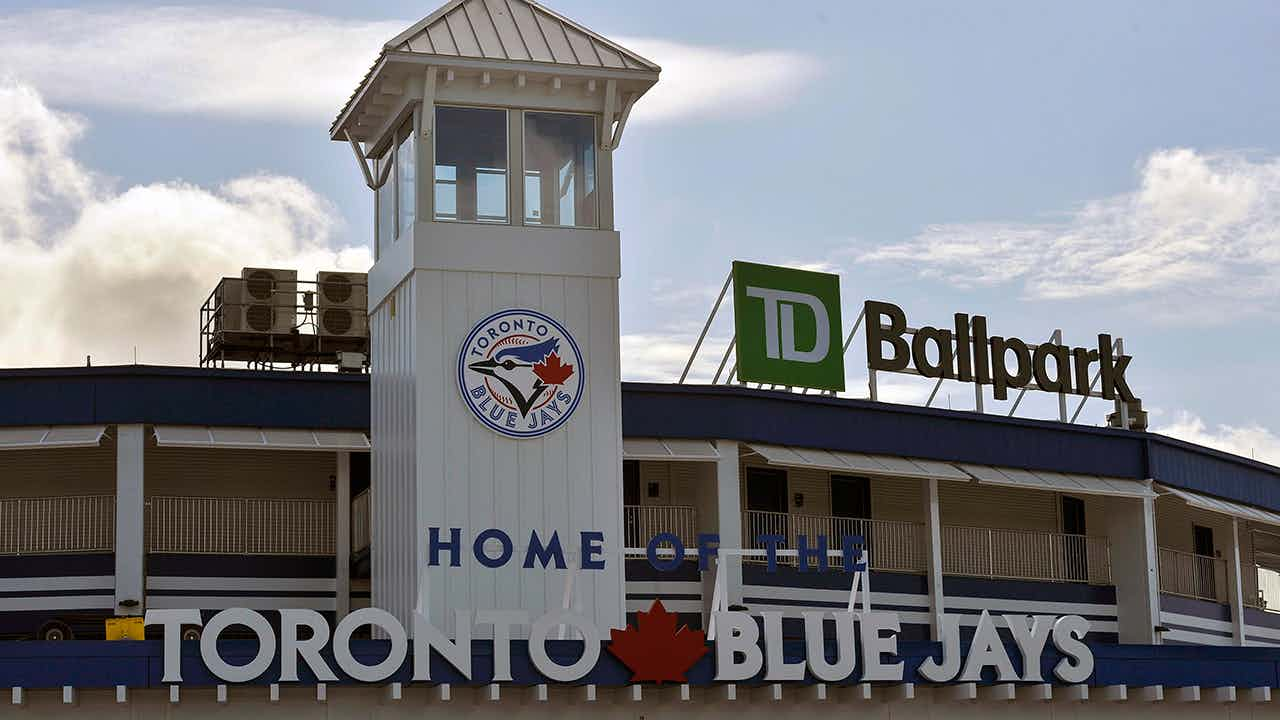Throwing soft: The 2020 (???) Blue Jays Starting Rotation
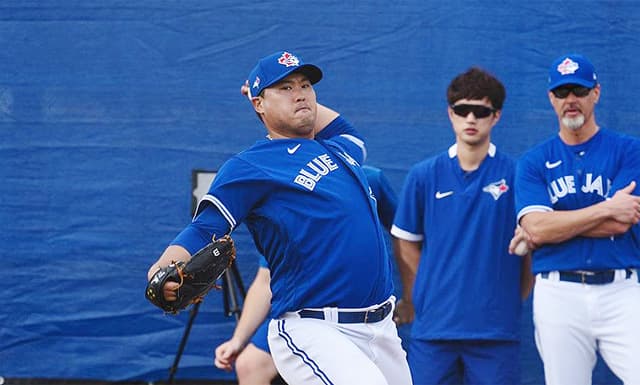
We have no idea when the season is going to start, but when it does, one thing is certain: the Toronto Blue Jays starting rotation will not be throwing very hard. Average fastball velocity has continued to rise every season. Per Baseball Savant, the average fastball velocity across the league was 92.6 miles per hour, up a full mile per hour from 10 years ago. Looking at the projected rotation for the Blue Jays, they have just one starter who averaged that last season: Chase Anderson and his 92.7 mph fastball. The rest of the rotation, Hyun-Jin Ryu, Tanner Roark, Matt Shoemaker, and Trent Thornton, didn’t come within 0.5 mph of that average.
Every member of the rotation has been brought in from outside the organization, suggesting the Blue Jays may be targeting starters with low velocity. Even potential depth starters, Jacob Waguespack and Shun Yamaguchi, also brought in from outside the organization, have below average velocity. Yes, Nate Pearson and his 100 mph fastball are going to be added to the rotation at some point, and that will be addressed later.
To explore this further, I wanted to see how the Blue Jays rotation stacks up to the rest of the league. Are they really throwing slower than other rotations? That average fastball velocity from above includes relievers; perhaps all those relievers who throw 100 mph are boosting the average. To look at this, I used Roster Resource from Fangraphs and got the projected rotation from every team, then used Baseball Savant to get the average velocity and average spin rate of those pitchers’ fastballs.
Before we get to the data, a couple things; I used 2019 data for all pitchers that I could. Those pitchers who were injured or not in the MLB last season, I used their most recent major league data. I did my best to include injured aces, such as Shohei Ohtani, Chris Sale, Noah Syndergaard, Justin Verlander, etc. The only pitcher I couldn’t get data for was Kwang Hyun Kim of the Cardinals. Coming over from Korea I could only find velocity and not spin rate, so only his velocity was included.
This isn’t going to be perfect; I didn’t account for pitchers who threw out of the bullpen last season. That could boost a few pitchers up a tick, but overall this gives us a pretty good of what teams are trying to do with their rotations.
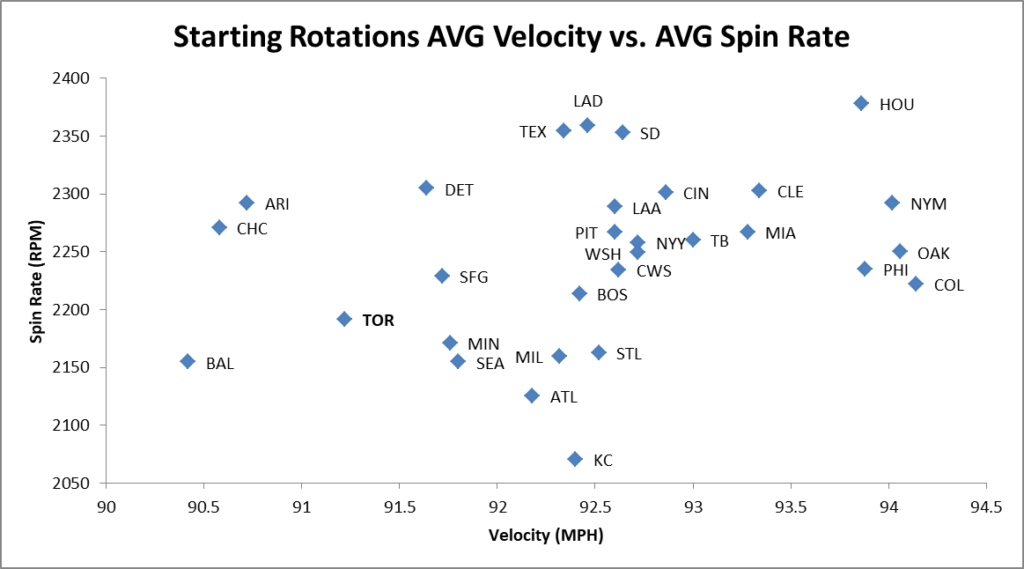
The Astros and Dodgers ranked first and second in spin rate, which gives this method some validity that we are not completely off base. The Blue Jays are in the far left of this graph, just ahead of Arizona, the Cubs, and Baltimore. Adding Pearson would bump the Blue Jays to the middle of the pack. Pearson throws hard, but as of now, he is the exception, rather than the rule. The Blue Jays don’t have that many starting pitchers in the big leagues or in the upper minors who throw hard. The ones they do have were either drafted by the club or acquired in trades of high profile players.
The Diamondbacks and Cubs offset their low velocity with a high spin rate. There is a high correlation between velocity and strikeout rate and, in turn, success on the mound. Soft-tossers, generally, are less effective and are cheaper to acquire in both trades and free agency, explaining perfectly what is going on in Baltimore, as they cut costs and tank. The Blue Jays are neither cutting costs nor tanking; they are trying to win and spent big on Ryu to try and make that happen. So what is the reasoning for the Blue Jays to be avoiding high velocity arms?
The first thought was injury prevention. This article from Driveline Baseball builds on past research between velocity and injury and does a very good job summarizing that prior work. Driveline then focused on velocity and elbow torque and come to these conclusions:
“What we know
- Velocity is seen as a risk factor for injury, but it’s not the only one.
- It’s assumed that velocity is a risk factor for injury because increased velocity comes with increased elbow torque
- New research shows that pitchers who throw at similar velocities likely won’t be experiencing the same elbow torque (mechanics play a role).
- New research also shows that as a pitcher throws harder, he’ll likely to be experiencing higher elbow torque.
- Velocity is a beneficial piece to performing well.
What we don’t know: The exact relationship between injury and torque”
I would highly recommend the reading the full article to get a further understanding how they came to these conclusions.
A quick Google search shows that the Blue Jays have at least three staff members who are from Driveline, so perhaps this could be some of their influence. Plus, we know that Mark Shapiro and Ross Atkins are proponents of this as well, given what they have done already in Toronto and before in Cleveland with Trevor Bauer.
With the Blue Jays high performance department, it’s not that far-fetched to think they have done some internal research of their own and found similar conclusions.
What caught my eye in reading that Driveline article was the research done by Whiteside et al. (2016). Their paper noted that a smaller repertoire of pitchers can lead to UCL damage:
“The OR indicated that a pitcher’s odds of undergoing UCL reconstruction surgery decreased by 33% for each unique pitch type that he possessed in his repertoire (all other factors remaining equal).”
This conclusion adds to the work done by Keller et al. (2016) who found that it wasn’t necessarily velocity causing injuries but percentage of fastballs thrown:
“When the percentage of pitches thrown was evaluated, UCL reconstructed pitchers pitch significantly more fastballs than controls (46.7% vs. 39.4%, P = .035). This correlated to a 2% increase in risk for UCL injury for every 1% increase in fastballs thrown. Pitching more than 48% fastballs was a significant predictor of UCL injury, because pitchers over this threshold required reconstruction (P = .006).”
Given this information, let’s have a look at the Blue Jays rotation and their arsenal of pitches, and how often they threw them.
| Pitcher | Four Seamer | Changeup | Cutter | Sinker | Curve | Slider | Split-Finger |
| Anderson | 43.4% | 24.3% | 14.7% | 7.4% | 10.2% | ||
| Roark | 25.5% | 9.9% | 30% | 12.8% | 21.8% | ||
| Ryu | 27.3% | 27.5% | 19.4% | 13.4% | 12.2% | 0.3% | |
| Shoemaker | 17.3% | 30% | 2.4% | 17.7% | 32.6% | ||
| Thornton | 43.6% | 15.9% | 3.1% | 1.5% | 26.9% | 8.9% |
Well, isn’t this something? Each pitcher throws at least five different pitches per Baseball Savant, and at least four more than 10% of the time, with the exception of Thornton. Thornton, however, spent a large portion of Spring Training working on a changeup. That changeup should cut into the usage of his fastball, a fastball that batters hit .266/.363/.512 off of last season. As for Anderson, I made the case that he should cut down the usage of his fastball, when the Blue Jays acquired him in November.
Fastball usage has been trending down for a while; however, it just started to become more mainstream. In May of 2017, Eno Sarris suggested “It’s Time for a Pitcher to Throw 80% Breaking Balls” and that October Lance McCullers Jr. threw 24 straight curveballs to close out the Yankees in Game 7 of the ALCS. In April of 2019, Ben Clemons showed the early season trends of decreasing fastball usage. It was a small sample size, but the Blue Jays were one of the teams who saw the largest drop in fastball usage from 2018-2019. That continued over the full season; the Blue Jays threw fastballs 64.8% of the time in ’18 and 59.7% in ’19. That decrease was one of the five biggest drops in baseball. If/when there is a 2020 season, I would expect the Blue Jays to decrease their usage even further.
Toronto has the personnel to pound teams with off-speed and breaking pitches. Their projected rotation ranked in the bottom 10 of fastball usage. They were also one of just six teams whose starters on average had an arsenal of five pitches and one of just four teams to throw at least four pitches 10% of the time. This is a staff that will keep hitters off-balance and mix and match their pitches.
Bringing it back to Eno, he wrote a fantastic piece for The Athletic on this very subject. Looking at the Blue Jays rotation, he found the Blue Jays starters fare very well in the stat Command+. He showed that there were 12 pitchers last season who threw at least five pitches more than 10% of the time and, sorting them by Command+, had Ryu and Roark in the top five. Using Baseball Savant, I was able to find 11 starters who threw five pitches at least 10% of the time last season. Coincidentally enough, seven of them were free agents this off-season: Kyle Gibson, Cole Hamels, Ivan Nova, Rick Porcello, Roark, Ryu, and Zack Wheeler. You will note that the Blue Jays signed two of these arms and were rumoured to be after Gibson, Porcello, and Wheeler. I am sure they would have been interested in Hamels as well, had he wanted to play in Toronto. Eno also talked with Pearson who mentioned that his three breaking pitches have improved. He may not have a five pitch repertoire, but he knows hitters sit on his overpowering fastball and is working on trying to get hitters off that.
In his piece Eno notes that this may just “be a temporary adjustment to the market.” But with all of the rotation minus Shoemaker able to return in 2021, this may be the beginning of something. The Blue Jays may not get the notoriety as being the most progressive team like, say, the Astros, Dodgers, A’s, and Rays, but make no mistake; they are right there with those teams. Hopefully we get to see their plan in action at some point in 2020.
Recent articles from Paul Berthelot


